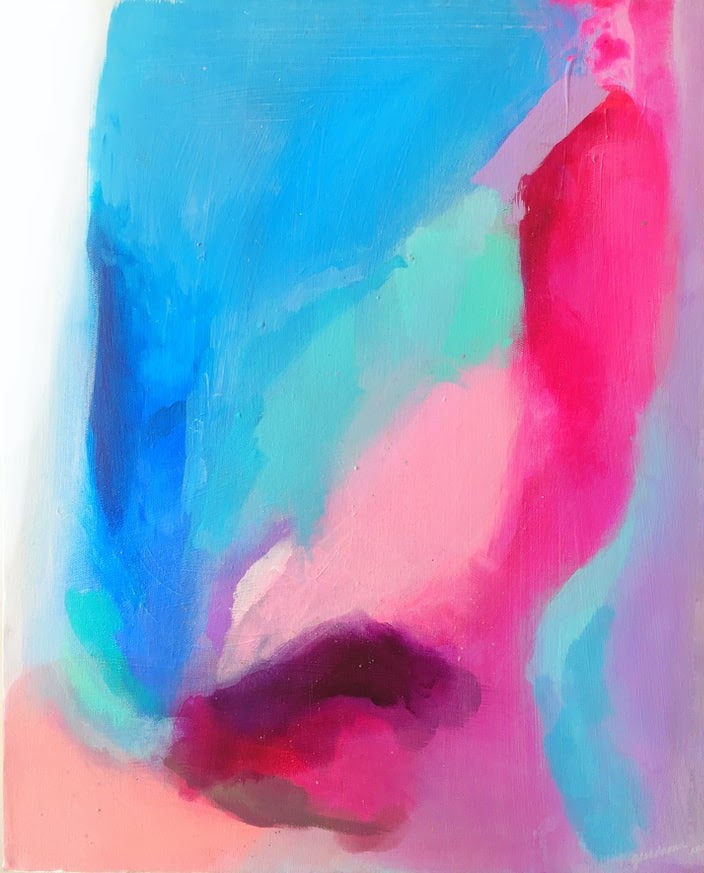Art and music therapy falls under the counselling umbrella, although it’s a different form of therapy that uses artistic or musical expression as a way of communicating. Through communication, the client and therapist work together to resolve issues in the client’s life. Problems that cannot be resolved may at least be made more manageable.

Clients don’t need to speak during therapy sessions. Instead, they express themselves through the creation of art, or playing and listening to music. The therapeutic benefits of art/music therapy are well-suited to younger children, for example, as well as individuals on the autism spectrum, people who’ve survived a traumatic event and anyone who struggles to communicate verbally.
In Greek mythology, Orpheus used the power of music to save his lost love from the darkness of the underworld. That’s an apt metaphor for art/music therapy – bringing clients out of darkness into the light.
The goal of therapy is to harness the power of creativity to understand moods, feelings, thoughts and emotions. Through understanding comes healing.
Formal art/music therapy dates to the 1940s when psychologists Margaret Naumburg and Edith Kramer began independently developing the techniques and theories used today. Naumburg’s work was based on her idea of using art to unlock the unconscious mind by encouraging free association. The artwork her patients produced was viewed as “symbolic speech” that could be interpreted and analyzed.
Kramer studied art, painting, drawing, and sculpture in Vienna before moving to the United States where she founded the art therapy graduate program at New York University.
Today the techniques developed by these pioneering psychologists are used to help people throughout the world. If you have a passion for art or music – or both – and want to help others while making a good living, read on to learn what it takes to become a certified art/music therapist.
In this article you’ll learn:
- How much money you can make as an art/music therapist
- The required training and certifications
- Professional groups to join
- Employment opportunities for an art/music therapist
- Finding clients
- Plus helpful tips
How much money can you make?

The average annual salary for an art/music therapist practicing in the United States is currently $44,688. After a few years of experience and running your own practice, a six-figure income is well within reach. How much you can make in private practice is largely up to you. A little later in this article we’ll look at ways of marketing your services to attract more clients for greater income.
Training and Certification
To become a qualified art/music therapist, you’ll need bachelor’s and master’s degrees to obtain a state license for counselling. Psychology or social work are typical degrees pursued by students interested in a therapy career. You don’t need to be an artist or musician to be a therapist in the field, although individuals are typically drawn to a career in art/music therapy because of their passion for art and music. In fact, your future clients are likely to have no background in art or music. Instead, music and art become tools for self-expression so your clients are better able to communicate. This enables therapists to craft a plan of treatment that leads to growth and healing.
Your training covers:
- Principles of psychotherapy
- Psychology
- Psychopathology/abnormal psychology
- Human growth and development
- Ethics
- Patient diagnostics and assessments
- Theory of art and/or music therapy
- Studio art coursework, typically consisting of 15-18 credits, which is a full semester
- Music theory and appreciation
You can view a wide range of art therapies in action here with this selection of videos.
The Art Therapy Credentials Board, in tandem with the American Art Therapy Association, manages the credentialing and testing process of art therapists. Their stated goal is to “protect the public by promoting the competent and ethical practice of art therapy through the credentialing of art therapy professionals.”
The first certification level is Provisional Registered Art Therapist. You can review the credentials handbook and download an application here. The application fee is $60.

Regulations for art/music therapists vary from state-to-state. Practicing art/music therapy is limited to licensed professionals in these states:
- Connecticut (Clinical Licensed Art Therapist)
- Delaware (Licensed Professional Art Therapist and Licensed Associate Art Therapist)
- New Jersey (Licensed Professional Art Therapist)
- New Mexico (Licensed Professional Art Therapist)
- Kentucky (Licensed Professional Art Therapist)
- Mississippi (Licensed Professional Art Therapist)
- Maryland (Licensed Clinical Professional Art Therapist)
- Oregon (Licensed Art Therapist and Licensed Certified Art Therapist)
These states regulate art/music therapy under another professional license:
- Texas (Licensed Professional Counselor with Specialty Designation in Art Therapy)
- New York (Art Therapy included in the Creative Arts Therapist License)
- Pennsylvania (Art Therapy as a Related Field for the Professional Counselor License)
- Wisconsin (Registered Art Therapist with a License to Practice Psychotherapy)
- Utah (Associate Clinical Mental Health Counselor License)
Professional Groups to JoinThe American Art Therapy Association is the premiere group supporting the profession in the United States. New professionals can join at the discounted rate of $77 for a one-year membership. Benefits include a deep variety of continuing education opportunities and career development. You’ll also be able to network with other professionals, share ideas and swap tips on job openings. Students can join for $59.

Employment
Art/music therapists can find work at hospitals, schools, public mental health departments, prisons, rehabilitation centers and the U.S. Department of Veterans Affairs.
As long as you remain certified by the Art Therapy Credentials Board you are eligible for a listing in their online directory of art/music therapists. People searching for a therapist use this service to find a professional in their area. You stand to gain more clients with a business listing.
Finding Clients
At some point in your private practice you’ll have to decide whether to accept insurance as payment. Some therapists do, others do not. There are tradeoffs with either decision. By taking insurance, you are probably going to increase your pool of available clients. On the downside, you may also have to accept a lower fee for insurance companies to work with you. Plus, paperwork.

Leverage your certification with the Art Therapy Credentials Board and other professional affiliations to network with other practitioners.
If you’re a member of a professional organization that offers an online directory for clients to find addiction therapists, be sure to add your business to the list.
Contact other professionals in your community to let them know you’re available for referrals. Clergy, doctors, and even other therapists are good sources for referrals.
You’ll also need a website. List your business name, address, city and state and phone number on every page at the top so search engines will recognize your website as a match for people looking for an addiction therapist in your city.
If you accept insurance, mention this on your website. If you don’t, you’ll need to go over payment policies with clients in advance.
Your website should also include a call to action. This encourages your audience to do what you want them to do, which is get in touch. Here’s one approach: “Contact me today. I can help.”

Good to know:
In testimonials, some patients say they find art/music therapy helpful because the creativity provides a way to express painful feelings and difficult experiences, including trauma, without talking about them. The very act of communicating verbally about a traumatic event can be enough to trigger severe anxiety, even terror. Art/music therapy provides a gentler means of exploring problems in a person’s life and helping them with coping strategies on their way to becoming whole.
For this therapy to be effective, your evaluation of the client’s creation should be neutral – neither praising nor criticizing. Rather, focus objectively on the content and why it was created in a specific way out of the virtually infinite ways the art might have been produced.
Instead of asking why the client painted a certain object in a certain color, for example, ask what it means. Clients may find it easier to express the meaning of their creation than to be placed in a potentially defensive posture of having to explain why they made certain artistic choices. And the meaning of the art is the real therapeutic value.

Take these insights deeper by identifying metaphors in the artwork and raising these ideas with the client.
If you enjoyed this article, check out some more great PocketSuite.io content that can help you grow your career as an art/music therapist. Here’s a great place to start.
PocketSuite has thousands of business owners who all started where you are right now. Our community is always happy to help you ramp up, grow your client base, and achieve your income goals, both within the PocketSuite app and as part of our exclusive Facebook Community Group. PocketSuite’s vision is for any professional to be able to work for themselves and make a great living. It starts here. It starts with you. It starts today. Let’s get started, download PocketSuite now! Feel free to reach out with any questions (we’d love to hear from you)! Text us @ (415) 841-2300.





